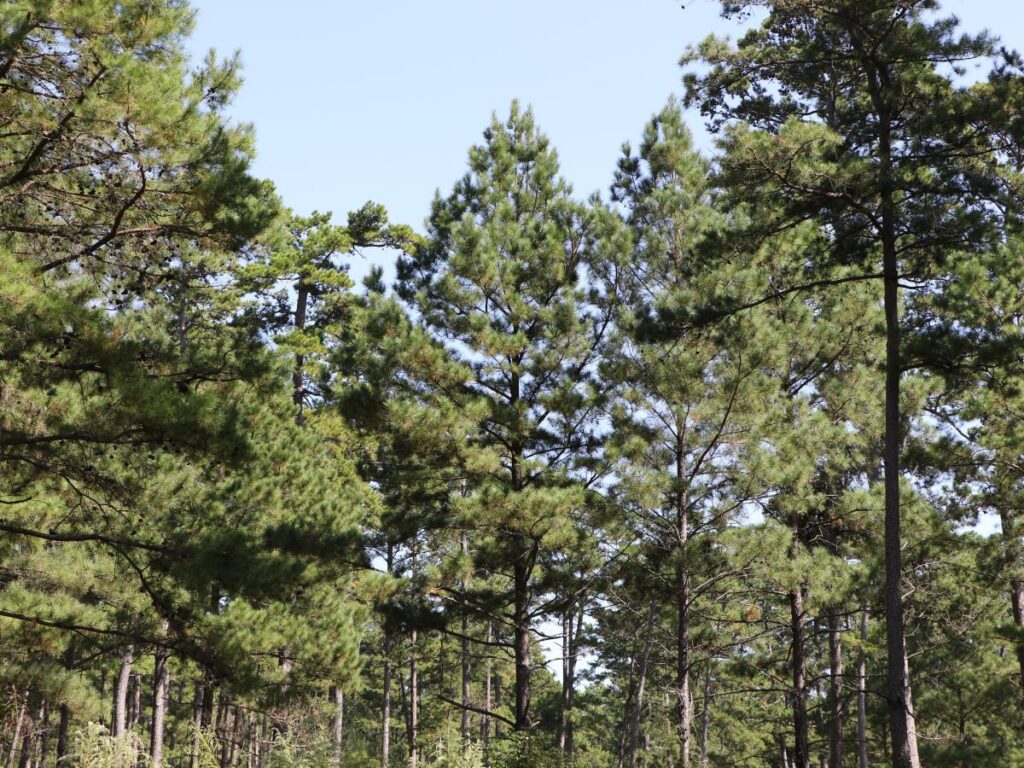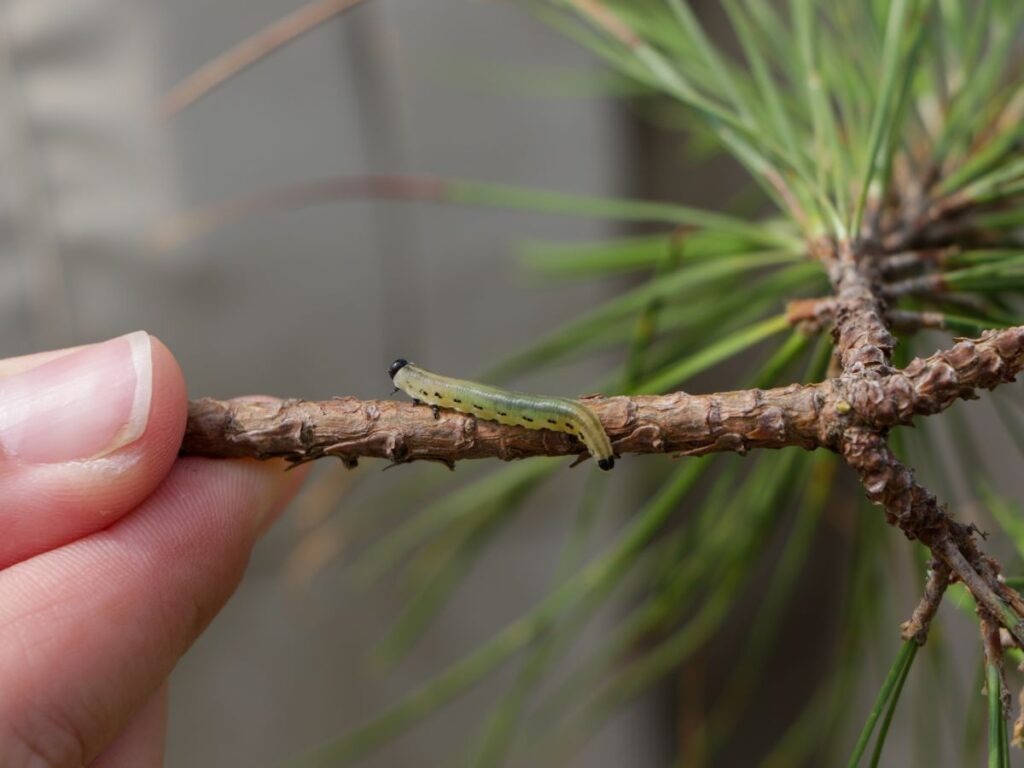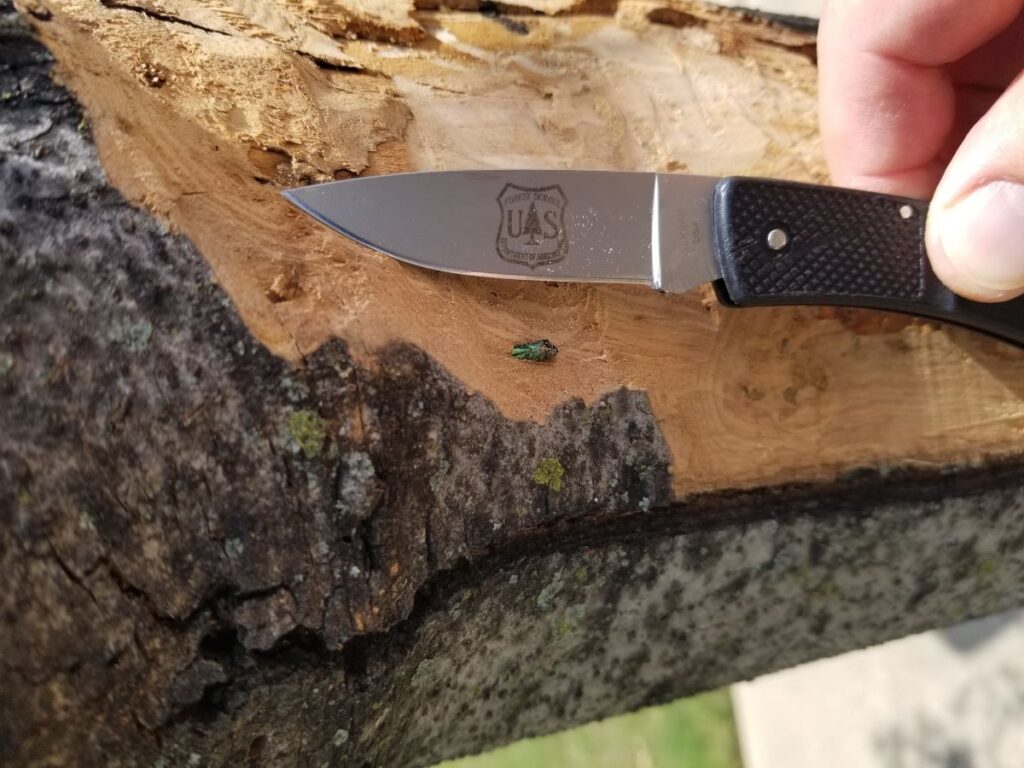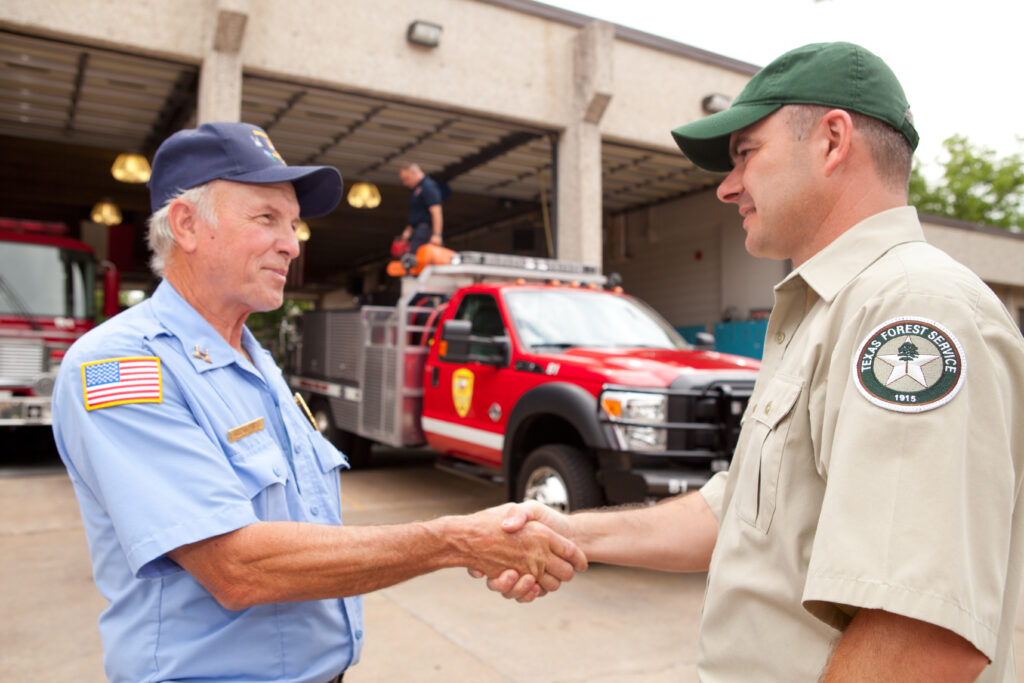Forest Health
Our forest health experts assist with pest and disease outbreaks and education.
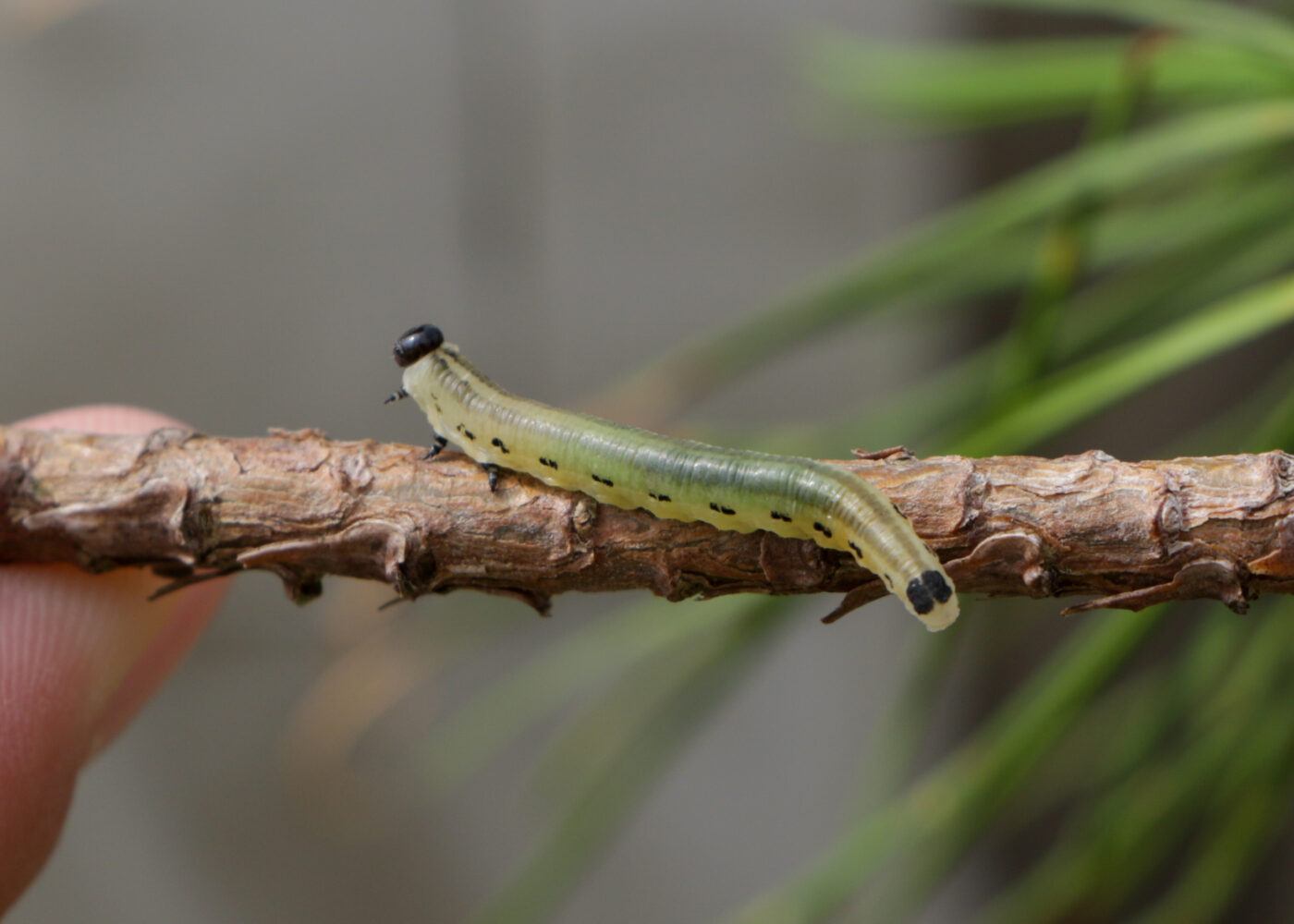
Pine insects
There are a few select species that require special attention when it comes to caring for pine seedlings and saplings. Find more about imperial moth, leaf-cutting ant, pine tip moth, pine webworm, pine regeneration weevils, and redheaded pine sawfly.
-
Pine engraver, or Ips beetles, are three related species of beetle that eat into the bark and cambium of pine trees.

-
Mottled tan and brown and their larvae feed on juniper foliage.
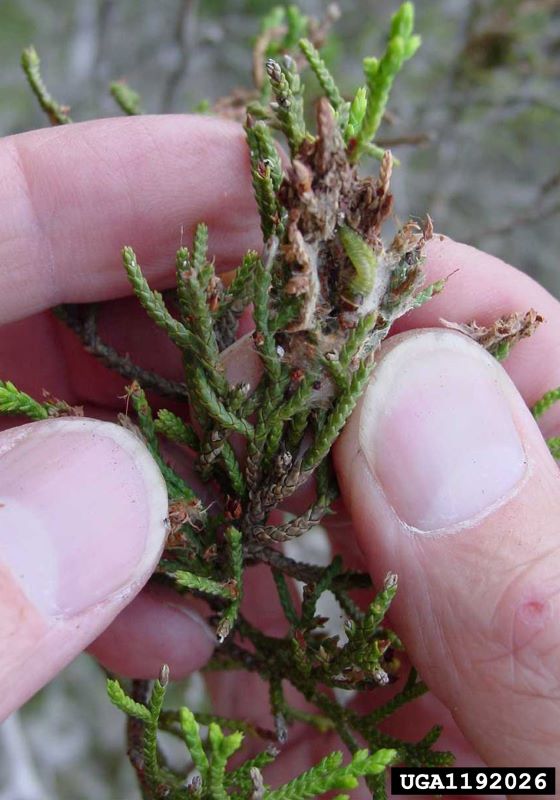
-
The largest species of aphids in the U.S. They usually feed on twigs where bark is relatively thin.
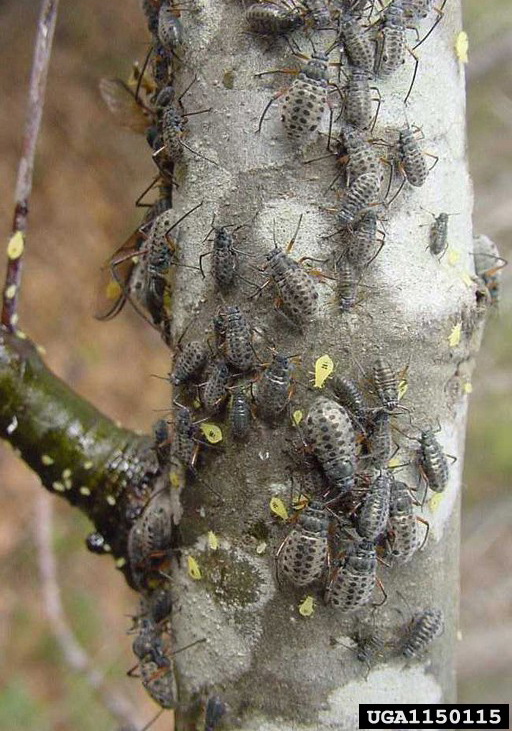
-
Plants, insects, and animals that have been introduced from other regions and cause harm to the economy, environment, or human health.

Pine Engraver Beetle, Turpentine Beetle, or Southern Pine Beetle
When prolonged drought occurs in East Texas, especially during the growing season, pine beetle activity is likely to increase. Know the difference between bark beetles that could attack your tree.
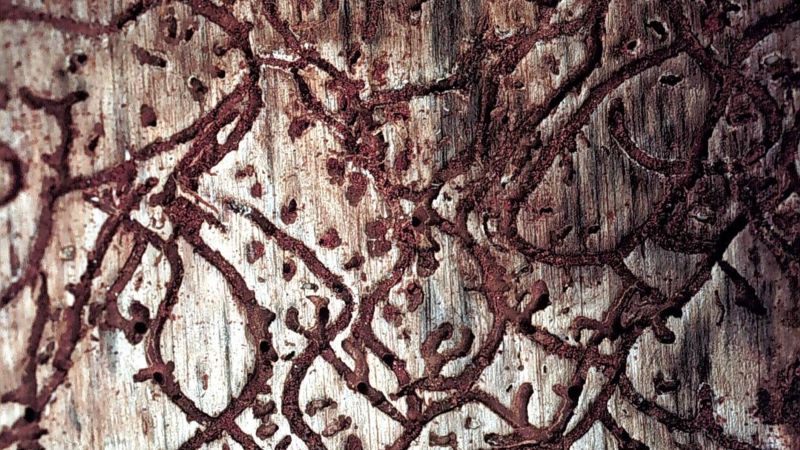
Forest health diagnostics procedures
To protect our state’s forests and woodlands, we diagnose forest pests and diseases. Many pests and diseases require advanced level diagnosis.
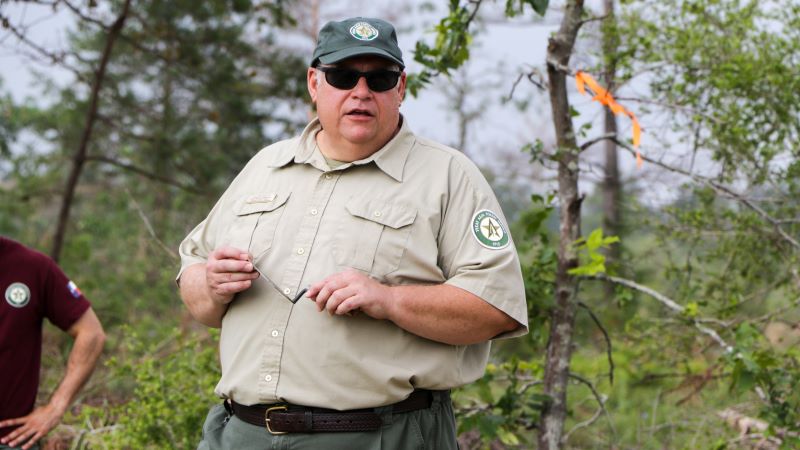
Tree health
Tree health is a crucial concern in Texas, where environmental challenges and biological threats place pressure on forests, urban landscapes, and residential trees. Learn more about tree insects, diseases, animal damage, and more.

Need more information? We can help!
Reach out to our forest health experts to learn more.
